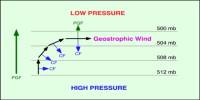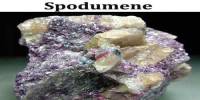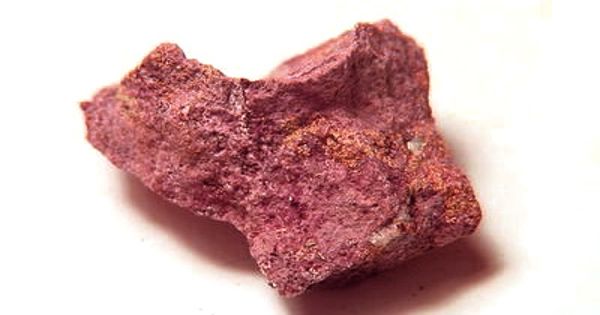The volume of a three-dimensional figure is a measurement of the entire space filled by a solid. A three-dimensional figure is any object with length, width, and thickness. The volume of a hollow 3-dimensional figure is defined as the difference between the total amount of space remaining inside the hollow body and the space occupied by the body. Let’s move on to capacity. As we all know, there are many hollow objects in our daily lives. Capacity (in terms of volume) can be defined as the maximum quantity of matter that an item can retain.
In our daily lives, we come across a variety of three-dimensional (3-D) objects with varying volumes. A substance’s volume is the whole amount of space that it occupies, i.e. when we measure the space region occupied by a solid object, we call it volume. Capacity, on the other hand, refers to the amount of stuff that a container can hold. In a nutshell, capacity is the volume of the container.
Volume and capacity are sometimes misunderstood due to their many similarities, yet there are minor but significant differences between the two, which may be understood by understanding their meanings, unit of measurement, and so on.
Difference between Volume and Capacity –

VOLUME
- The term volume refers to the overall amount of space occupied by a thing. It is the precise amount of anything that fills a specific space.
- Volume is the quantity of space that a material takes up. A substance’s volume is the amount of space it takes up.
- The term ‘volume’ is used in mathematics to refer to the quantity of three-dimensional space occupied by matter. It is nothing more than empty space occupied by a substance that can be solid, liquid, or gas. It determines the total area of the closed surface.
- Volume is always expressed in cubic units, such as cubic centimetres and cubic meters. When an object is solid, its only property is volume.
- An object’s volume can be estimated by multiplying its length, breadth, and height. It is typically measured in cubic units, such as cubic meters, cubic centimetres, cubic litres, and so on, indicating the number of cubes necessary to fill the object. Further, depending on the shape of the object, its volume changes. The volume of an object provides information about how much space the object occupies.
CAPACITY
- The ability of a thing to contain a material, whether solid, liquid, or gas, is referred to as its capacity. It is the maximum amount of substance that a thing can hold.
- The maximum amount of a material that an object can hold is referred to as its capacity. The capacity of an object is simply the quantity of interior space that can be filled.
- The term ‘capacity’ refers to the hollow object’s ability to hold stuff, such as solid, liquid, or gas. It is a measurement that determines the amount of open space in a container that can be filled with matter. In other terms, the container’s capacity is the entire amount of matter that may be contained in the object.
- Metric units, such as millilitres, litres, gallons, pounds, and so on, are used to measure capacity. A hollow object has both volume and capacity.
- You may have noticed that when we fill a hollow object with air or fluid, it takes on the shape of the container. As a result, the container’s capacity is the maximum amount of matter it can hold. It is measured in metric quantities, such as milliliters, litres, kilolitres, gallons, and so on.
















